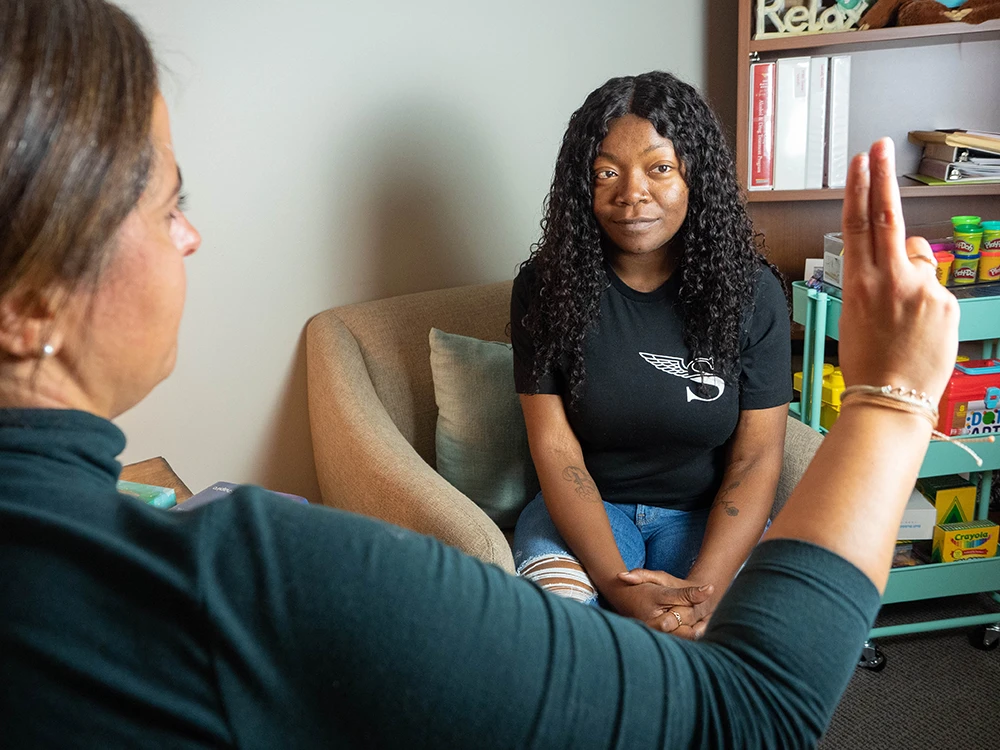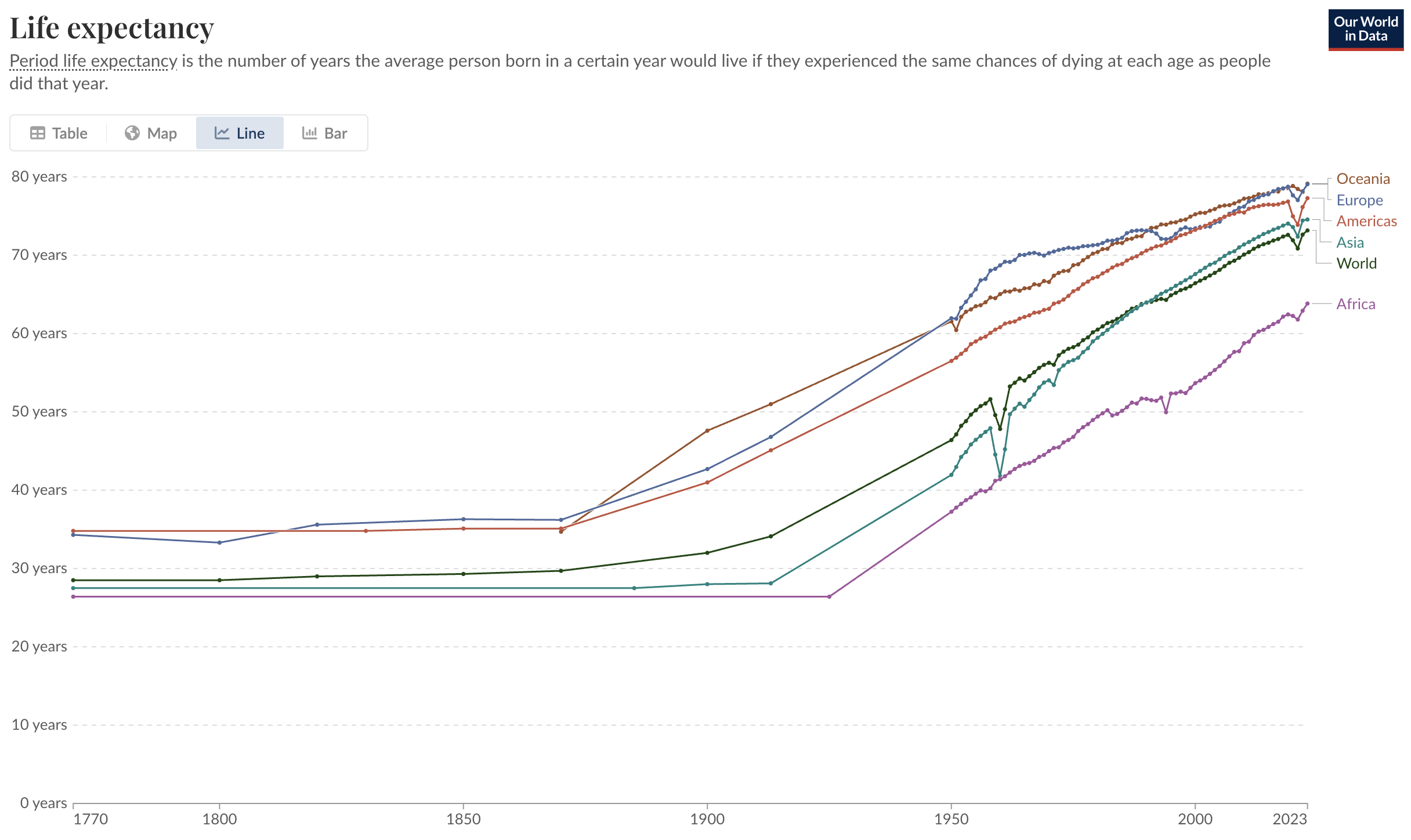TWIL #34: From Memories to Stats

Every Sunday, I share a few of my learnings, reflections, and curiosities from the week. Things I stumbled upon, things I questioned, things that made me look twice. It’s not about being right or complete… it’s about noticing, wondering, and learning out loud.
Thanks for reading. I hope it sparks something for you too.
When the past won’t let go: discovering EMDR
A while ago, we had a fire in our house. Months later, my wife fell to the floor, face first. Our daughter saw both things happen: the fire and the fall.
Even though the flames and the fall are long gone, those two moments still linger in her. She seems to carry them, almost as if they’re still happening. It’s been a long time, yet the memories keep replaying.
Recently, we were advised to try something called EMDR therapy.
At first, it sounded clinical, even odd: Eye Movement Desensitization and Reprocessing. But the more I learned, the more fascinating it became.
What is EMDR?

It’s a type of therapy developed to help people process trauma. Moments that get stuck in the nervous system, looping like broken film. Instead of talking endlessly about the memory, EMDR helps the brain re-file it properly. A therapist guides you through:
- Recalling the memory
You bring the troubling moment to mind, enough to feel it without being overwhelmed. - Bilateral stimulation
This usually means moving your eyes left and right while following a light or a hand, sometimes listening to alternating sounds or feeling gentle taps. - Reprocessing
As you hold the memory in mind while doing these movements, something shifts. The memory starts to lose its sharpness and intensity.
Why does it help?
- Researchers believe it’s similar to what happens in REM sleep. Those eye movements we make as the brain processes and files experiences.
- Trauma memories often get “stuck,” stored in a raw, sensory way. EMDR gives the brain a second chance to digest them.
- Over time, people report that the memory is still there, but the body no longer reacts as if it’s happening right now.
How was it discovered?
Like many breakthroughs, almost by accident. In the late 1980s, psychologist Francine Shapiro went for a walk in a park. She noticed something curious: when distressing thoughts came into her mind, her eyes began to move back and forth naturally. Strangely, the thoughts seemed to lose their emotional charge when her eyes moved.
Intrigued, she didn’t dismiss it. She followed her curiosity. She tried it with clients who carried traumatic memories. And the results were extraordinary: memories that had haunted people for years began to lose their sting.
From that moment, Shapiro developed EMDR into a structured therapy. Today it’s one of the most researched and effective treatments for trauma.
The role of curiosity
What I love most is this: EMDR exists because someone paid attention to a small, strange detail. Shapiro could have ignored her flickering eyes and fleeting relief. Instead, she got curious. She asked why?, what if?, could this help others?
Curiosity, in this case, didn’t just spark knowledge… it sparked healing. And that’s exactly what my daughter needs right now.
Our World in Data
I’ve been spending time on Our World in Data, a website that takes the biggest questions we face and answers them with something rare: real data.

It’s like a library of humanity’s progress and struggles, laid out in simple, beautiful charts. One click takes you into corruption: where you can see how often people across the globe are asked to pay bribes. Another click jumps to climate change, child mortality, education, or even coffee consumption.

What I love most is that it’s not just doom and gloom. The data shows the messiness of our world, yes…. but it also shows our progress. Fewer people live in extreme poverty. More children are in school. Vaccinations have saved millions of lives.
It’s a reminder that while headlines thrive on crisis, the long view tells a quieter, more hopeful story.
Curiosity, in this case, isn’t abstract—it’s plotted in dots, lines, and maps. It asks: what’s really happening? And then it shows us.





